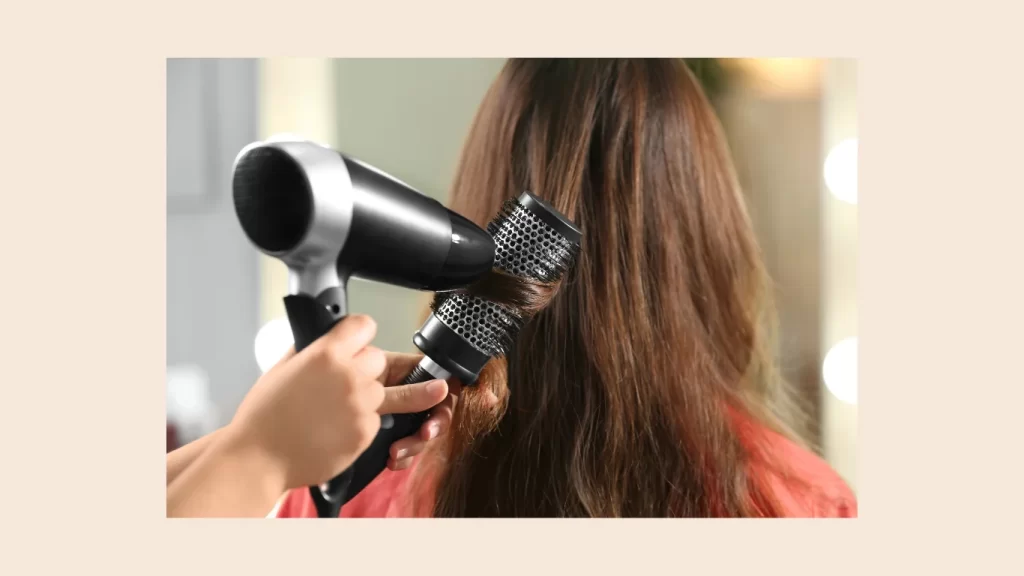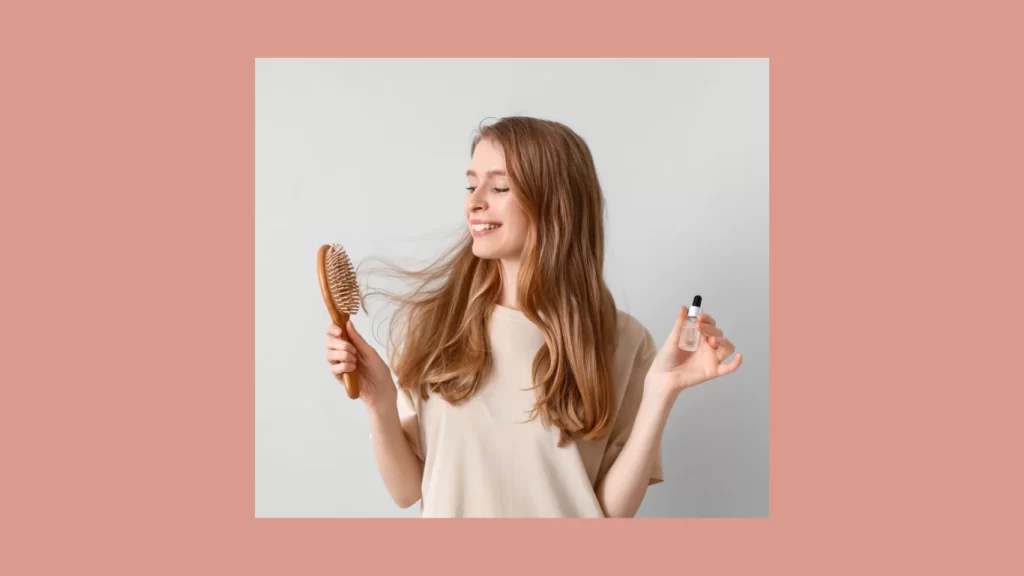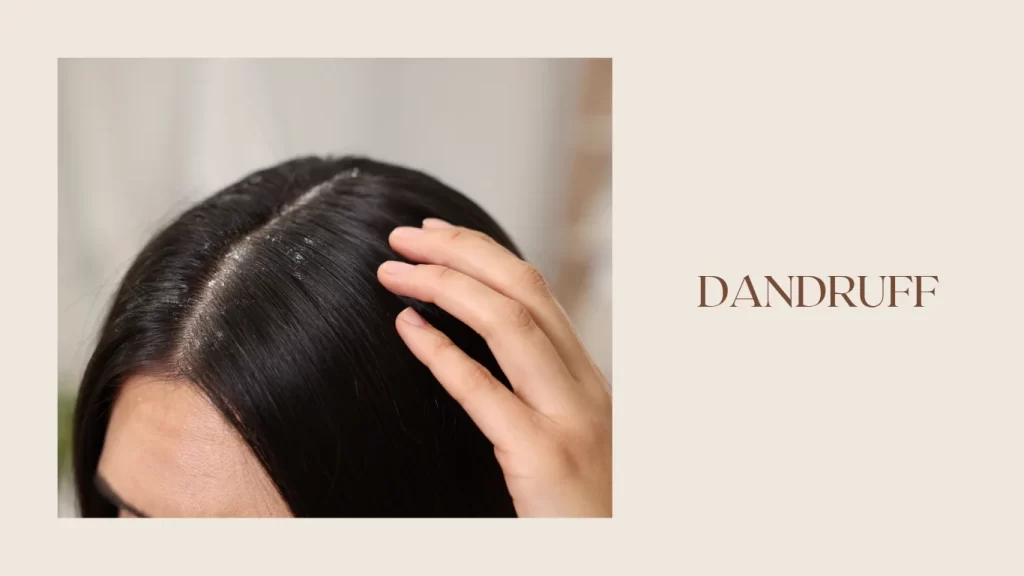Many factors can affect our hair, from the weather to the water to the products we use. Hair masks are a deep treatment that can be done weekly or monthly to help with dryness, damage, flakes, frizz, or other hair issues. While the market is filled with masks and treatments, you can whip up a homemade diy mask that works just as well. Throughout this hair masks article, we will discuss the importance of hair masks, the difference between a mask and conditioner, and the different types of masks available to help your hair return to its original state.
What is a Hair Mask?
A hair mask is a hydrating treatment that helps restore your hair’s bounce and shine. It can also strengthen, hydrate, restore dry and damaged hair, and reduce frizz.
Hair Mask vs Conditioner
The difference between a hair mask and daily conditioner is that a hair mask is a deep hydrating treatment, whereas a conditioner is a surface-level product. A hair mask is intense and aims to restore damaged or coloured hair. A hair conditioner is used daily to condition and bring back the shine and smoothness of your hair.
Dry Damaged Hair
Many things can damage hair, including styling tools, hair colouring, too much gel or mousse, chemical treatments, etc. Avocados, olive oil, and honey are some products that can help restore damaged hair. Combining these products will create your very own DIY hair mask.

Ingredients: Avocado, A tablespoon of olive oil, a tablespoon of honey, and a few drops of your favourite essential oil
Directions: Combine ingredients, stir until incorporated and apply to wet hair. Start from the bottom and work your way up. Once you have covered all your hair in the mask, put it up in a bun and cover it with a shower cap for 20 to 30 minutes.
Going further, you can blow-dry your hair through the shower cap for 10 minutes to activate the ingredients, then shower and wash with shampoo.
Dry Hair and Scalp
A dry head of hair and scalp needs moisture as much as possible. Adding moisture to your hair and scalp will prevent split ends, puffiness, frizz, and breakage. Chances are your regular conditioner is not doing the job. Try your luck with a coconut oil DIY hair mask.
Coconut oil does many wonders for hair. Before going to sleep, apply a tablespoon to your hair, avoiding the roots. Then, put your hair in a bun and cover it with a shower cap. In the morning, shampoo your hair thoroughly and enjoy the results.
Hair Growth
Every girl and woman dreams of hair growth. This mask can be used on anyone looking for longer and fuller hair.
Combine equal amounts of rosemary oil and castor oil. Blend and apply to dry hair, focusing on the scalp. Massage in, and to get even better results, use a scalp massager to help stimulate the scalp and invigorate growth.
Frizzy Hair
Frizzy hair can result from many things, including humid weather, styling tools, and hair type. Castor oil seals the hair cuticles and outer layer and helps tame the frizziness.

Rub some castor oil between your hands and apply it to dry hair. Don’t go overboard; focus mostly on the dry and frizzy areas.
Curly Hair
Curly hair, more than any type of hair, is prone to dryness and needs more hydration. A rice water mask is your secret weapon for getting those curls bouncing again and adding shine.
Ingredients: I cup rice, 2 cups water, Avocado
Directions: Start by soaking the rice in water. Remove the rice, mash the Avocado, and add it to the water. Massage it into your hair, let it sit for 25 minutes, then wash out and shampoo.
Thin Hair
A treatment high in protein can help thicken hair strands. Many things cause thinning hair; often, the postpartum period for women leaves them with thin hair, chemical hair treatments and more.
Ingredients: 2 egg yolks, two bananas, two tablespoons olive oil, half a cup of conditioner, three tablespoons honey
Directions: Combine all ingredients as if you’re making a smoothie. Cover your hair in the mask and leave it on for 30 minutes. Wash out with cold water.
Colored Hair
Hair that is bleached or coloured needs more hydration. When using a mask on coloured hair, aim for ingredients that will not change or affect the hair colour. This will specifically bring back the moisture without affecting the colour.
Ingredients: 1 tablespoon honey, two tablespoons coconut oil, one banana
Directions: Blend ingredients, apply to hair and let it sit for 15 minutes before washing.
Dandruff
Many suffer from dandruff, a hair issue usually caused by scalp dryness. To get rid of the flakes of dandruff, the scalp needs to be exfoliated.
Just like we exfoliate our faces, our scalps are no exception. This hair mask will remove the flakes, promote circulation, and prevent scalp dryness.

Ingredients: 2 tablespoons of coconut oil, a few drops of peppermint oil, two drops of tea tree oil, and four teaspoons of sugar
Directions: Combine ingredients and use your fingers to apply the mixture to sectioned hair in the shower. Once the mixture has been evenly applied to your hair, massage your scalp, clip your hair up, and let it sit until you finish your shower, then wash off.
Make sure to check out our article on Natural Remedies for Acne Relief.
Conclusion – Hair Masks
The benefits of a suitable hair mask for your hair issue are vast. Natural diy hair masks are the best way to keep chemicals and unwanted products away from your hair. Help rejuvenate and bring life back into your hair with some homemade hair mask magic. Throughout this hair mask article, we reviewed some hair issues and the specific diy hair mask that can help resolve the issue. Refer back to this article for some hair help when you need it.
Should hair masks be applied to wet, dry or damp hair?
Most hair masks are to be applied on damp hair. Simply wash your hair, let it air dry, or lightly towel dry it, and apply the hair mask.
Can hair masks be overused?
Hair masks are intense treatments, so start with a little and add more if needed. Usually, a little goes a long way, so adding too much hair mask can leave you with oily or flat hair.





